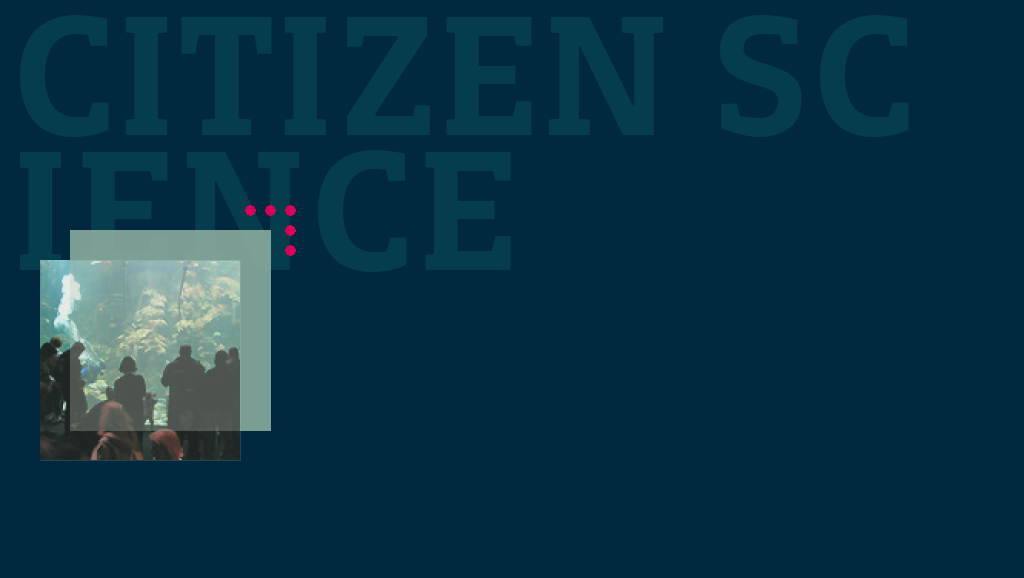In one of my previous postings I looked at the work of Ben Goldacre and in particular his book Bad Science. My argument also drew upon subject matter from previous postings, namely the work of Robert Winston and Lennard Davis. All of these authors argue that there is a need to educate the general public into the ways of science, be that in order to better interpret newspaper or TV reports in order to make political and personal decisions, improve the relationship between science and society or to promote the idea of responsibility in innovation.
Lennard Davis has a particularly interesting stance. Through his book Go Ask Your Father he presents scientific data about the problems and possibilities of DNA coding through an autobiographical novel. His hope is to draw the reader into the novel so that they take on the technicalities of the process almost without thinking of them in terms of science.
This rather spuriously leads me on to the phenomena of citizen science as an educational tool, as some people argue that involvement in these projects can educate participants and improve the relationship between science and society.
Citizen science is not a new phenomena. The idea behind the notion is that non scientific members of the public either gather or analyze scientific data. The earliest large scale projects involved monitoring the movement of migratory birds, with information being sent in to a central point by post. The technology is simple, when you see the first throated humming bird of the season you send in details of the sighting and somebody pins a model of bird with a date attached to a wall map of the world. The migration path becomes visible and measurable.
Today obviously we have the internet. This means that things can be plotted in real time as sightings can be transmitted instantly, but it also means that data can be posted that can then be analyzed by a large number of people.
An example of this is the Galaxy Zoo project, part of the Sloan Digital Sky Survey.
The Galaxy Zoo project has been running for several years, and involves hundreds of thousands of people. One of the problems for scientists today is the analysis of the enormous amounts of scientific data generated. This example is that of The Hubble telescope. It captures such a large amount of images that they risk never being studied, but one way of getting round this problem is to invite non scientists to view the pictures online and classify what they see. The tutorial on their website is simple to follow and in a few minutes you are away and participating in scientific discovery.
There is always the possibility of finding something new too, as in the example of the dutch primary school teacher Hanny Van Arkel who now has an object known as “Hanny’s Voorwerp” named after her, an object that would probably never have been noted had it not been for Ms Arkel’s lay interest in star gazing.
Involvement in such a project offers benefits for everyone. Science obviously gains an enormous workforce enabling the analysis of such huge amounts of data that would otherwise lie unused, but through their participation people are exposed to science and different methodologies and educated into the empirical way of thinking. They also deal with scientific institutions and scientists and this could as Winston hopes bring scientists and society together and enable the two sides to communicate better.
In many cases involvement leads to becoming part of a community, and blogs and forums give participants the chance to speak to and educate each other. There are also many examples of sub groups forming through blogging communities that carry out their own projects outside the official line.
The Stardust project at Berkley is also well worth a look, with the opening line on their website perfectly describing the benefits to science of such projects.
These kinds of projects involve much more than stars and searching for dust particles.
The COCORAHS (The Community Collaborative Rain, Hail and Snow Network) is interested in measuring and plotting traits in the weather. Regis et al describe educational benefits derived from participation in the project in this online article.
National Geographic run a project that involves mapping Mongolia from satellite images. They are interested in the country from an archaeological point of view and so participants are asked to classify geographic features but also human structures so that the team on the ground can then decide which are worthy of further investigation.
The Science for citizens website offers links to dozens of projects based all over the world with access to blogs and various other resources.
This article by Raddick et al offers a nice overview of both the history of citizen science and benefits offered to all parties involved and goes into more detail about the arguments outlined here. Raddick has also conducted research and published an article looking into people’s motivations for engaging in citizen science projects.
I have one personal reservation about using the population at large to analyze data. Would it not be easy to manipulate a population into conducting work that they might not understand the consequences of? Could a public that was used to such participation be manipulated into participating in other forms of mass data analysis?
Imagine that a wealthy country found itself bogged down in a long and difficult war in an inhospitable and mountainous area. This entire area cannot be effectively patrolled but could however be photographed from above at high definition. The amount of data produced would be enormous and the military might not have the human-power to hunt through the images looking for insurgents or minute changes on the ground, but large numbers of members of the public could possibly be mobilized in the name of helping the war effort.
Do old posters of ‘YOUR COUNTRY NEEDS YOU’ come to mind?
(photo: California Academy of Sciences by sgrace from Flickr)
















